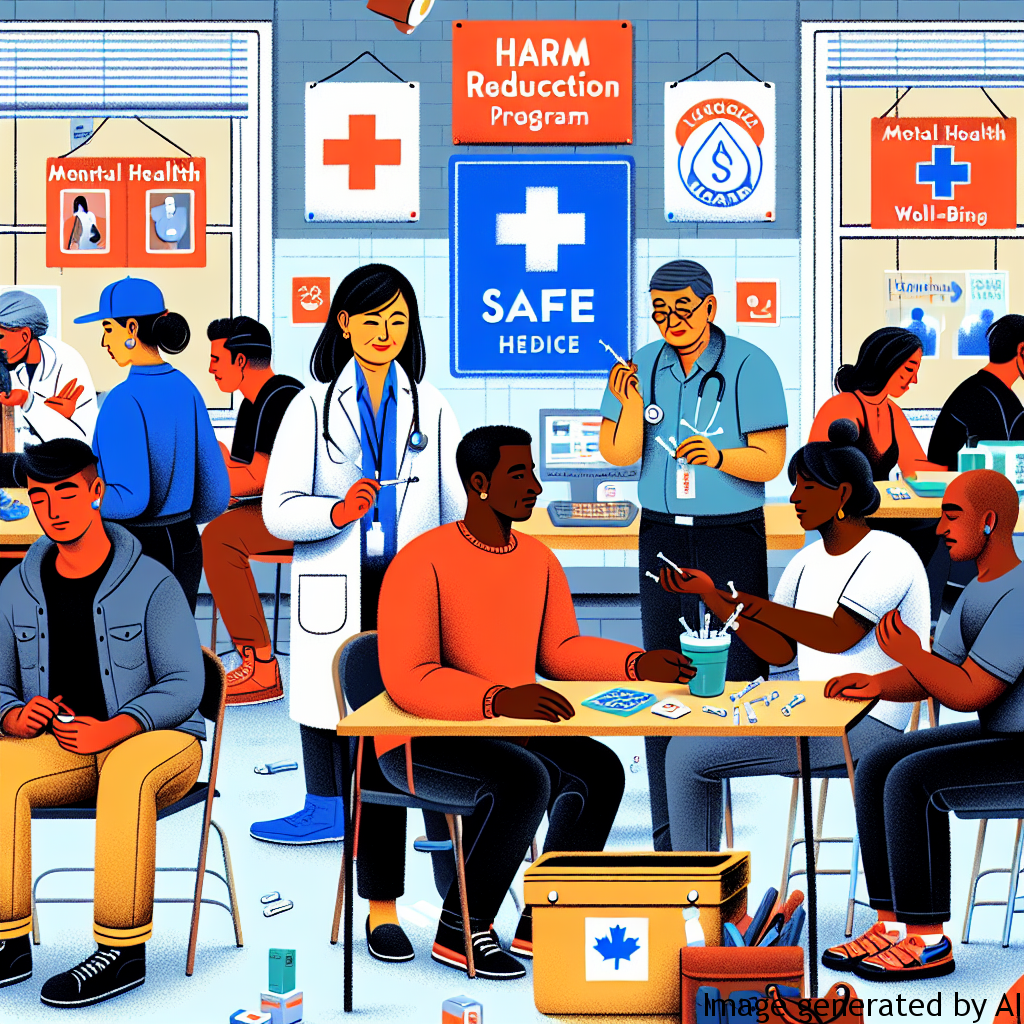Introduction
Drug use and addiction are severe societal issues affecting millions of individuals worldwide. A high risk accompanies drug use, including overdose, HIV/AIDS, and other severe health issues. Recognizing this problem, there has been a shift towards harm reduction programs, aiming to reduce the adversarial effects tied with drug use rather than solely focusing on complete abstinence. This article explores these harm reduction programs for drug use.
What are Harm Reduction Programs?
Harm reduction programs are policies, practices, and strategies that aim to minimize the negative social, legal, and health outcomes associated with drug use. Harm reduction acknowledges that drug use is a complex, multifaceted phenomenon that encompasses a continuum of behaviors from severe abuse to total abstinence. It also acknowledges that some ways of using drugs are more dangerous than others.
The Core Principles of Harm Reduction Programs
Harm reduction policies bring about a non-judgmental approach towards people who use drugs. Instead of stigmatizing them, these programs choose to respect their human rights and understand their individual situations. They emphasize practical, proven strategies, such as providing sterile syringes to injectable drug users to prevent the spread of diseases like HIV/AIDS. This approach does not deny the potential dangers of illicit drug use but chooses to focus on minimizing harm instead.
Examples of Harm Reduction Programs
Multiple forms of harm reduction programs exist worldwide, from needle and syringe programs (NSPs), supervised drug consumption facilities, to opioid substitution therapies. The effectiveness of these programs is well-documented, proved to reduce the risks associated with drug use and help individuals cope with addiction. For instance, opioid substitution therapies have shown to critically help in managing withdrawal symptoms and reducing the risk of overdose.
Tips for Implementing and Accepting Harm Reduction Programs
Implementing a successful harm reduction program requires a tailored approach that considers the local drug use context. It should also encompass mental health support, as substance abuse often links to mental health issues. Accepting harm reduction programs and strategies requires a societal shift from stigmatizing drug users to understanding and empathizing with them to provide suitable support.
Conclusion
Drug use is a complex issue that needs comprehensive and multifaceted responses. Harm reduction programs, by focusing on decreasing the negative outcomes of drug use, offer a promising solution. These programs acknowledge the reality of drug use, prioritize the human rights of drug users, and implement effective strategies to minimize harm. Eradicating drug use in society may be an unrealistic goal, but reducing its harms is feasible and practical with these programs.

